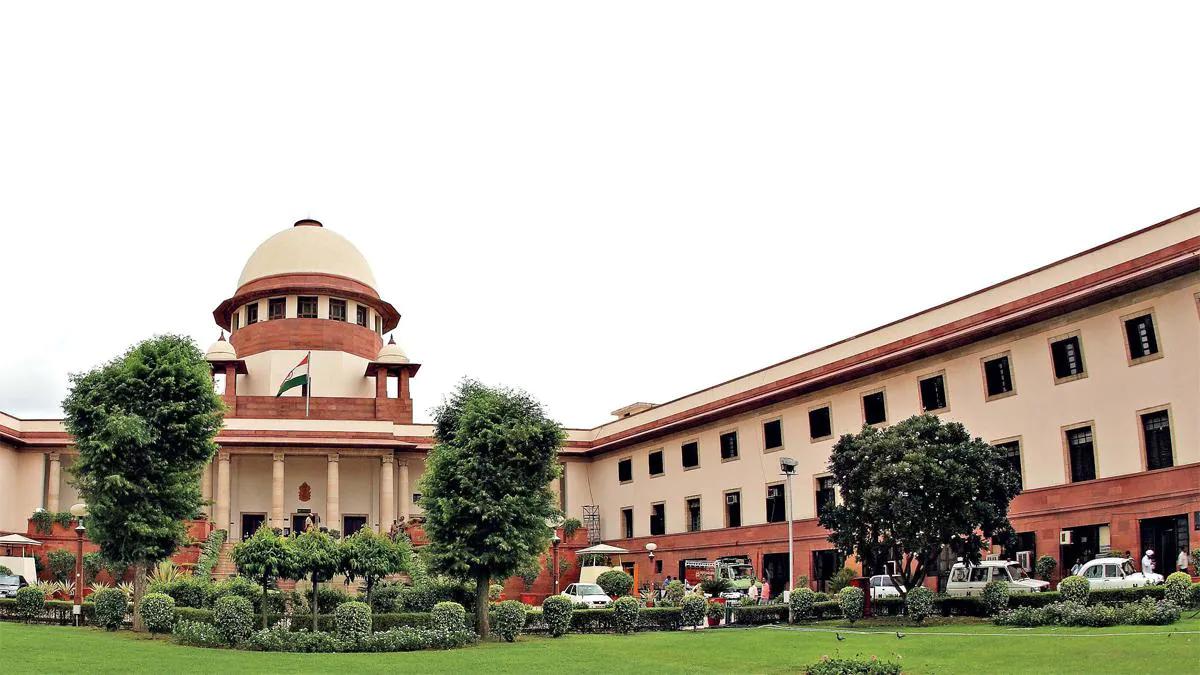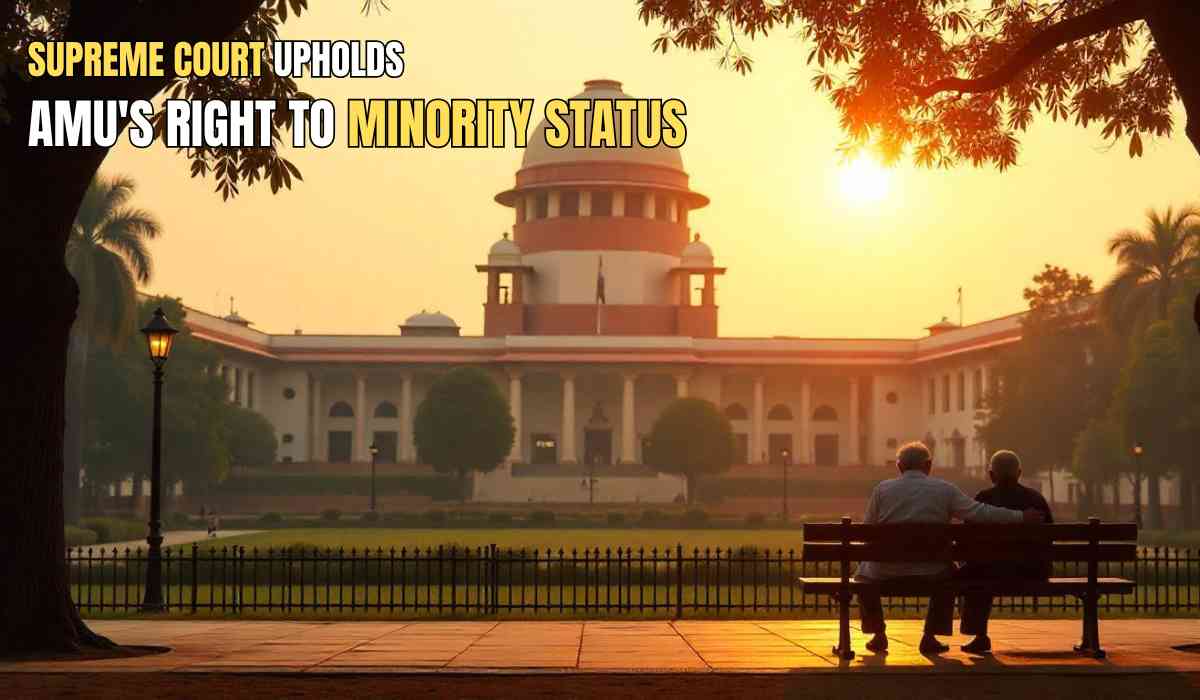
Supreme Court Delivers Landmark Ruling Confirming AMU as Minority Institution
The Supreme Court of India ruled in favor of Aligarh Muslim University as a minority institution. In a narrower 4:3 verdict, the apex court held that AMU qualified for minority rights as contemplated under Article 30 of the Indian Constitution, which empowers the minority communities to establish their own educational institutions.
A seven-member bench of Chief Justice DY Chandrachud has Justices Sanjiv Khanna, Surya Kant, JB Pardiwala, Dipankar Datta, Manoj Misra, and SC Sharma. In majority verdict Chief Justice Chandrachud writing along with justices Khanna, Pardiwala and Misra pronounced in favor of AMU's minority character. Three dissenting judges are Justices Surya Kant, Dipankar Datta, SC Sharma.
Revisiting the Allahabad High Court Judgment of 2006
The issue presented to the Supreme Court has originated through a ruling by Allahabad High Court in 2006 that decreed AMU to be non-minority institution. Based on the origin and institution of AMU, this bench found it to have the foundational roots qualifying for the status of a minority institution although it was governed by members from the majority.
Minority status does not qualify on governance issues
The court made it very clear that the minority community institute established by such a community remains to be a minority institution even though it is run by any one. This judgment sets aside the ruling of the case in 1968 S Azeez Basha vs Union of India which had declared AMU had lost its minority character because of parliamentary regulation.

Key Considerations: Incipiency, Not Administration
When deciding on minority status, the origins of the institution and the role played by the founding minority community are pivotal, the bench opined. It held that simply because the government regulates the institution through legislation does not divest it of its minority status if core minority rights are not infringed.
Education a winner in game for minority rights
In this way, the judgment becomes a landmark in education rights because it establishes a precedent and preserves the status of minority-founded institutions from being lost on unfriendly regulations. The Supreme Court has fortified the very elements of Article 30 by extending the right to found and maintain the institutions of learning the same for minorities as well, which the judgment upholds.
With inputs from agencies
Image Source: Multiple agencies
© Copyright 2024. All Rights Reserved Powered by Vygr Media.























